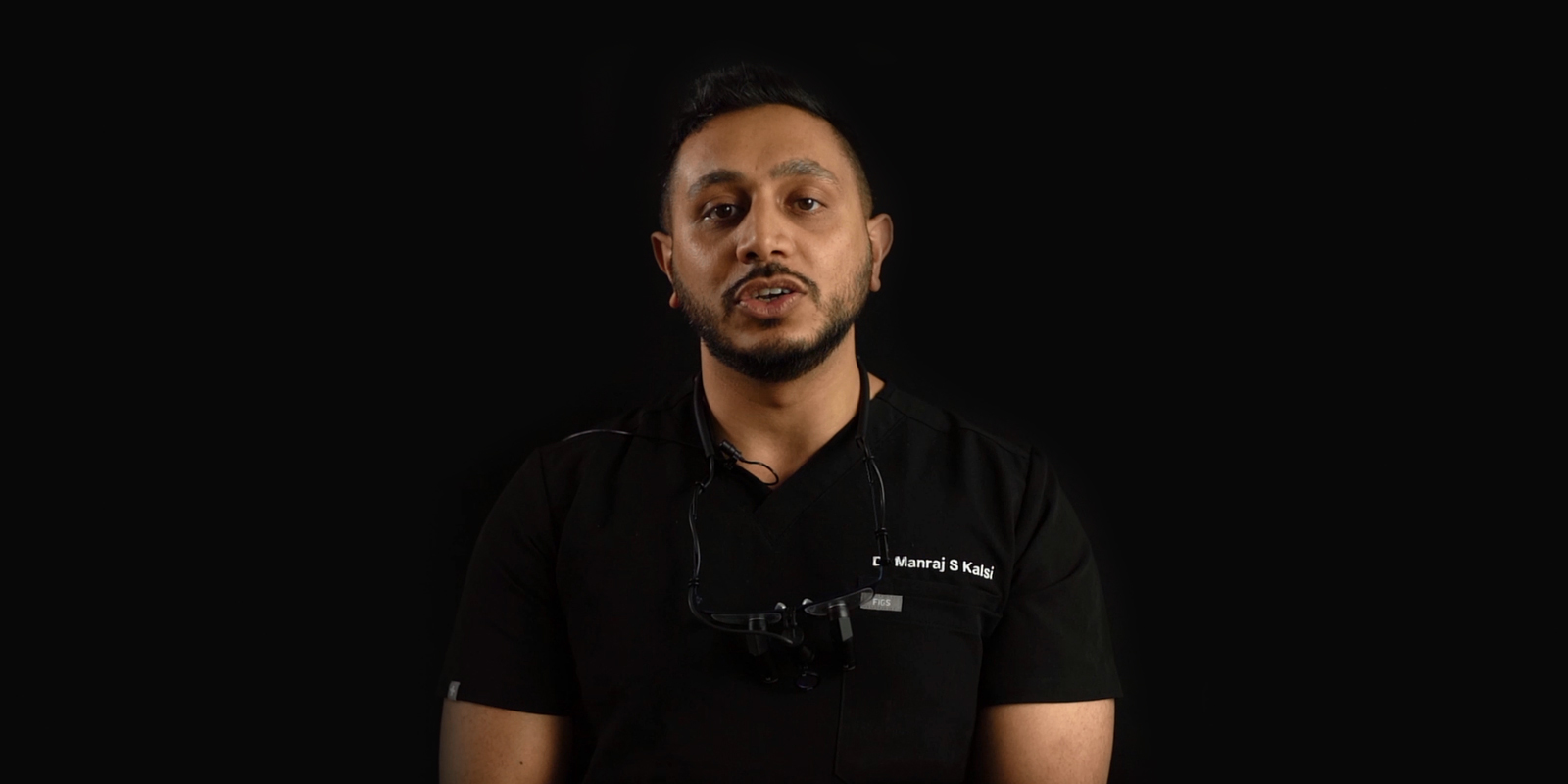COMPLIANCE
Manraj Kalsi adheres to the strict guidelines governing the profession under strict guidance from the General Dental Council (GDC) "Stands for Dental Professionals".
Dr Manraj S Kalsi
Dentist
Special Interest in Periodontology, Prosthodontics & Implant Dentistry
GDC No. 264675
For more information on both practices including ICO numbers and CQC widgets, please visit the practice websites.
Sheen Dental
Teddington Dental
















